Sep 26 2015
And More Training Plan Musings. Plus weekly 6km in the single
Kraft
Thank you Boris for the links to the video in your comments to yesterday’s blogs. Here are a few examples of the circuit training that Fritsch/Nolte suggest. Apologies for those who don’t speak German. I suggest you throw the text in Google Translate.
Beispiel fuer ein allgemeines Kraeftigungsprogramm
45s Pause zwischen den Sets – Gesamtdauer ca. 45 min
- Kniebeuge Langhantel – 4 sets 15-12-10-8 Wh
- Ruecken – 3 Sets 15-12-10 Wh
- Latziehen – 4 Sets 15-12-10-10 Wh
- Einbeinige Kniebeuge mit KH – 3 Sets 15-12-10-10 Wh
- Armdruecken auf Pezziball – 3 sets 15-12-10 Wh
- Oberer Ruecken – 3 Sets 12-10-10 Wh
- Rudern mit LH in Vorhalte – 3 Sets 12-10-10 Wh
- Brust – 3 Sets 12-10-10 Wh
- Crunch Pezziball – 1 Set bis zur Ermuedung
- Reverse Crunch Pezzi – 1 Set bis zur Ermuedung
Romana’s circuit training, all stations 12 repeats (they will do 15 later)
- Hanging on ribstole – legs
- Lying pullup bar
- squats on bosu ball
- Back
- Bench press 25kg
- Bench pull 25kg
- Leg press 70kg
- Sit ups
- Rowing motion
- Jumping over a bench
My inventory of what I have at home
- Jumping rope (used now for quick hotel room workout)
- dumbbells 2kg
- Pezzi ball
- A pull up bar to put in a door opening. It doesn’t work because our 1920s doors are too wide
Perhaps the addition of a sandbag, and maybe a simple fitness bench will be enough to create a simple improvised circuit training for when I don’t have time to go to the gym/rowing club. The idea would be to do a 30-40 minute circuit training, then erg. All critique/suggestions/comments welcome!!!!
Today’s rowing
Nice weather: 15 degrees C, windy and medium to medium/big chop. Overcast.
I did my weekly 6km hard distance row, but the lake was really choppy at the Sirka end. My time was over 28 minutes … 🙁
The stats are as follows:
|Dist_|Time_|Pace__|_SPM__|avg HR|max HR|DPS|Remarks
|02298|13:55|03:01.7| 18.3 | 148 | 163 |09.0|warming up
|00999|04:12|02:06.1| 25.0 | 173 | 179 |09.5|km 1
|01000|04:16|02:08.0| 24.5 | 179 | 180 |09.6|km 2
|01001|04:22|02:10.9| 24.1 | 179 | 181 |09.5|km 3
|00998|05:27|02:43.8| 23.2 | 179 | 182 |07.9|turn & km 4
|00998|05:00|02:30.3| 23.8 | 182 | 185 |08.4|km 5
|00999|04:52|02:26.2| 24.4 | 183 | 184 |08.4|km 6
|02267|14:31|03:12.1| 17.2 | 143 | 184 |09.1|cooling down
dist_____|time_____|_pace___|_HR__|_SPM__|_DPS|comment
2298_____|_13:55____|_3:01.7|148|18.3|9.0|warmup
5995_____|_28:09____|_2:20.9|179|24.1|8.8|Main set
2267_____|_14:31____|_3:12.1|143|17.2|9.1|Cool down
10560____|_56:35____|_2:40.8|163|20.9|8.9|_Total
Slow, sloppy and choppy … not a good day. Tailwind didn’t speed me up and the headwind slowed me down by a lot.
My Garmin Forerunner 220 froze after 33 minutes of rowing. I had to reset it after the training. Luckily, that worked. Even though, I was already fantasizing that I had a good reason to buy a new GPS watch … 😉
I am glad I build in the redundancy with the CrewNerd / Garmin combo.
I am using tapiriik now so I have all data on Garmin Connect, SportTracks and Strava. Used the Strava segments for the first time to look at my historic data on the 6km. I have defined a 5.8km segment in Strava that should capture my 6km efforts without having to line up on exactly the same starting location every time. Here are the historic data that I captured:
I took a GoPro video of the effort. Will upload it once done processing.
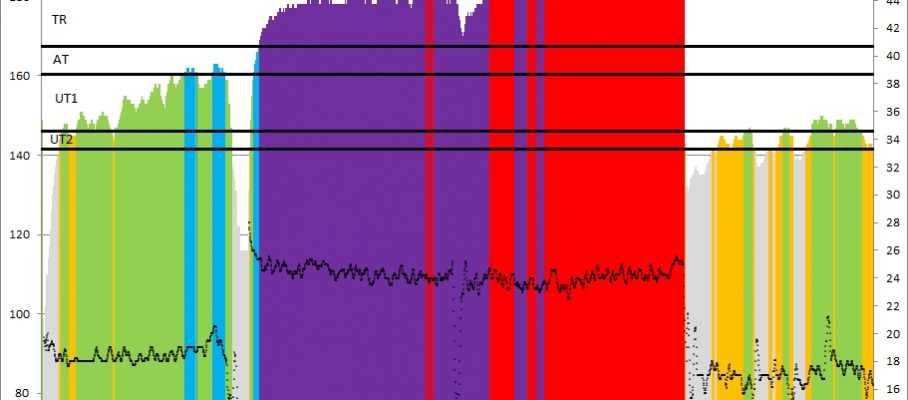
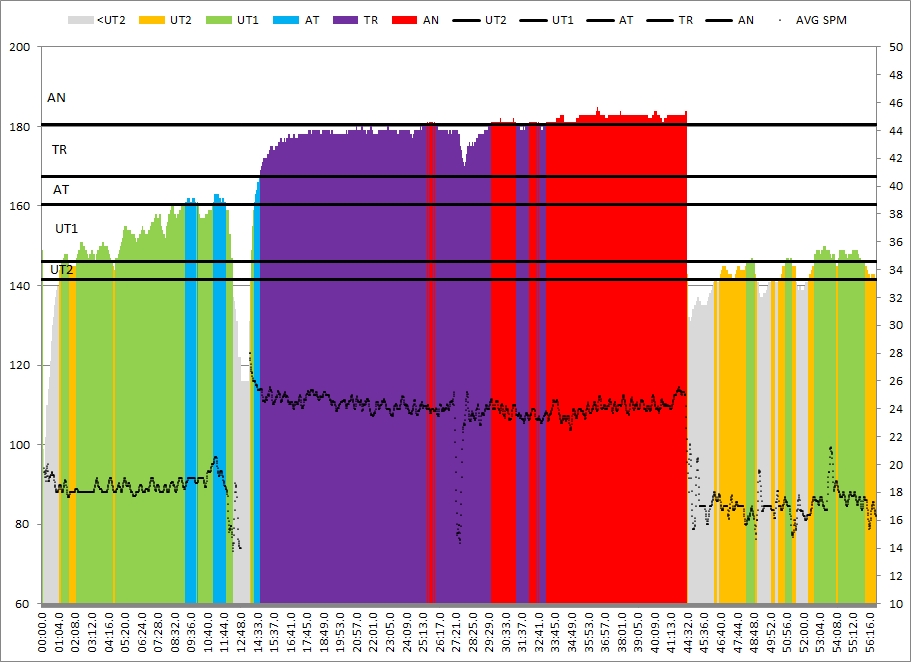
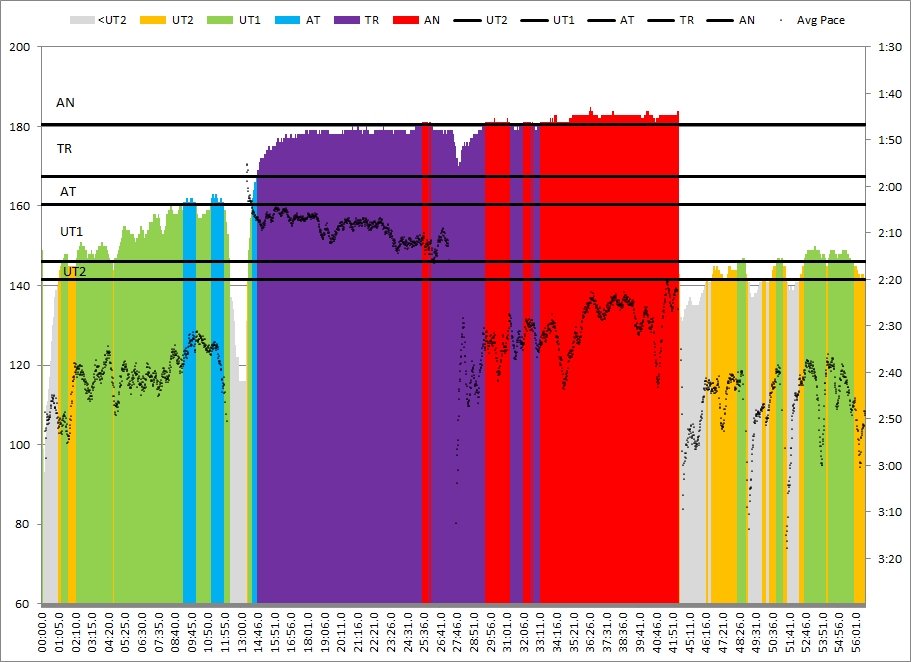
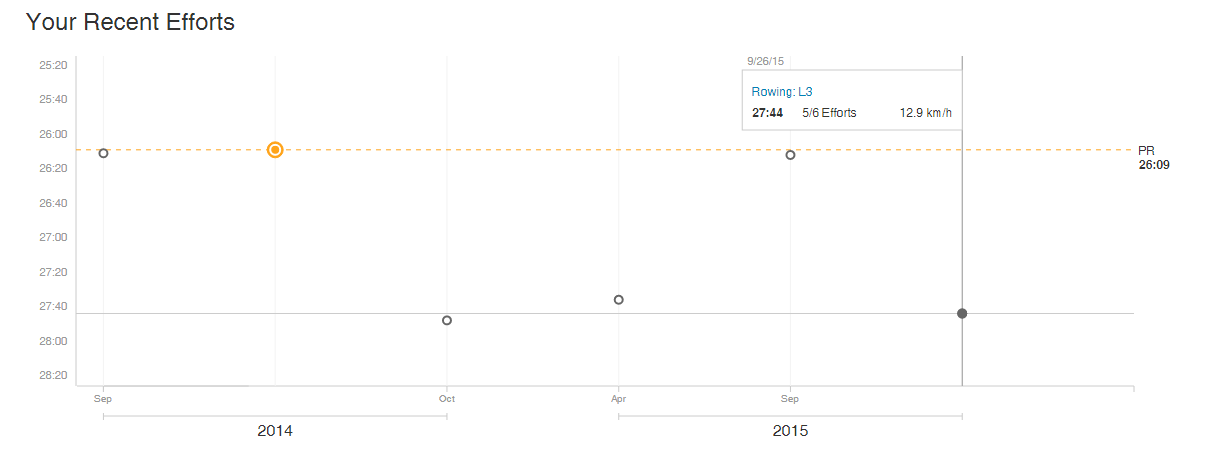
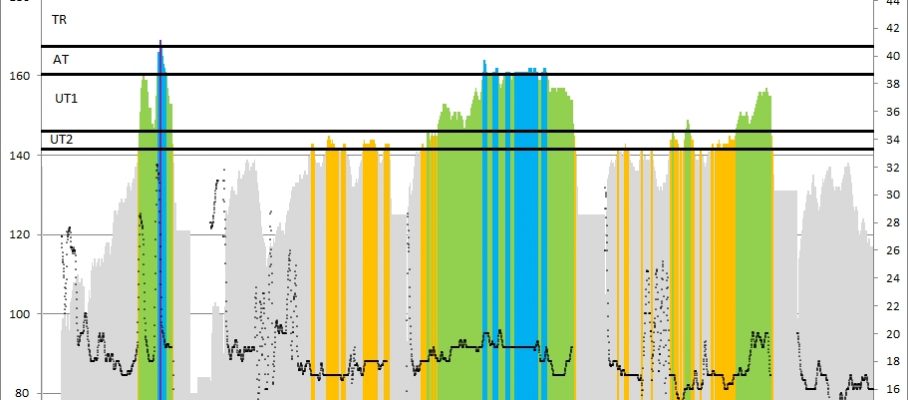
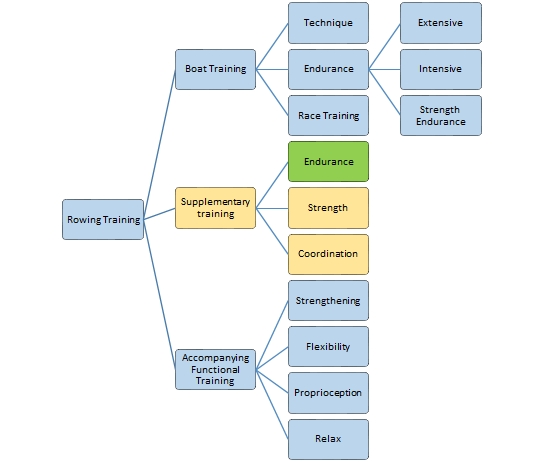
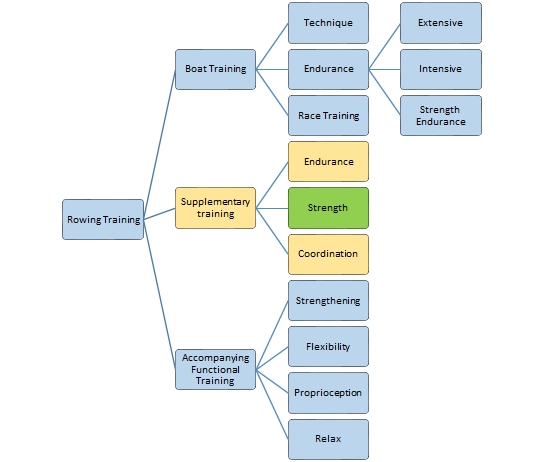
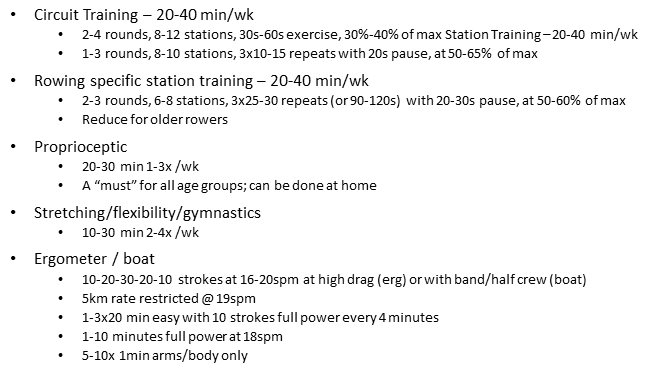
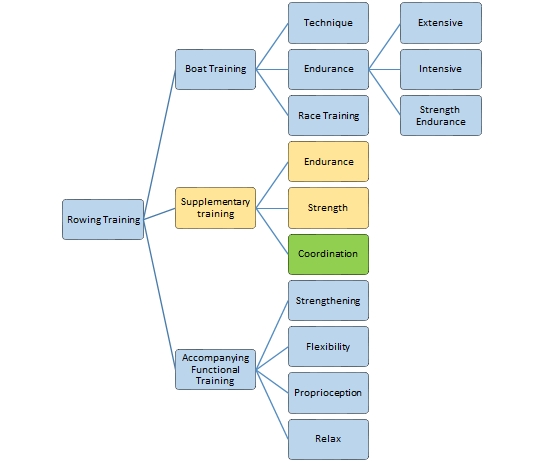
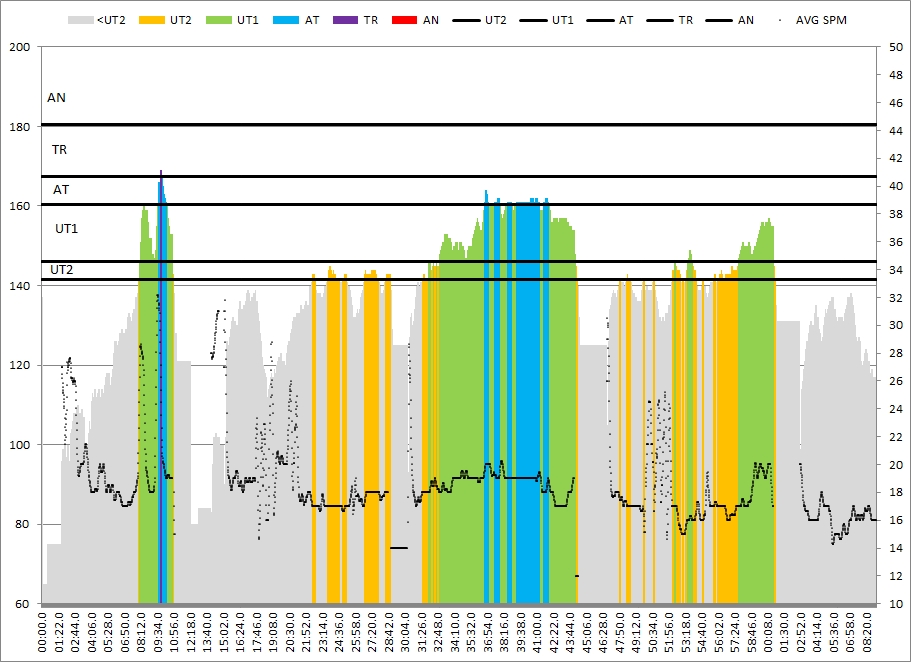
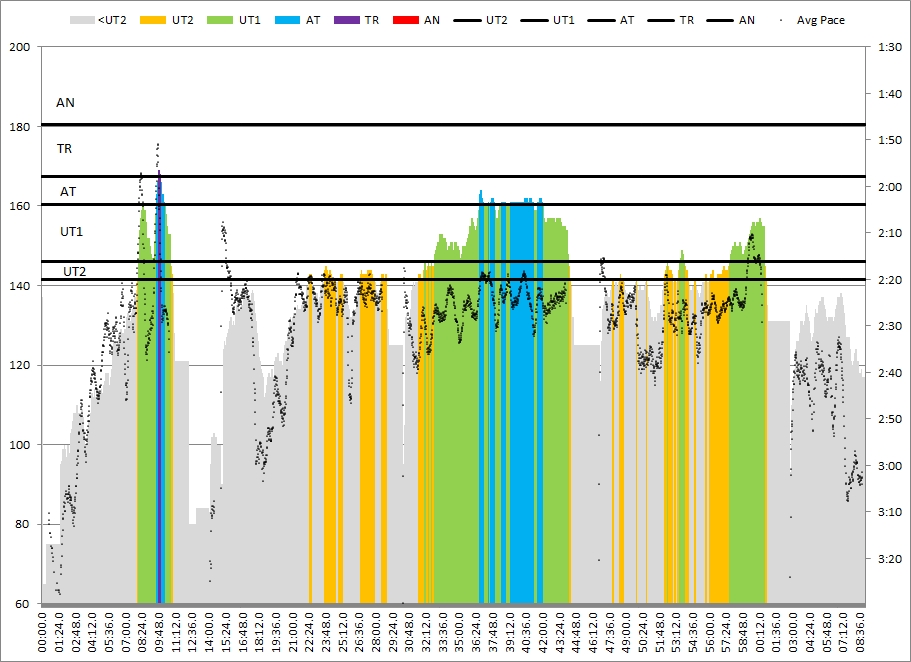
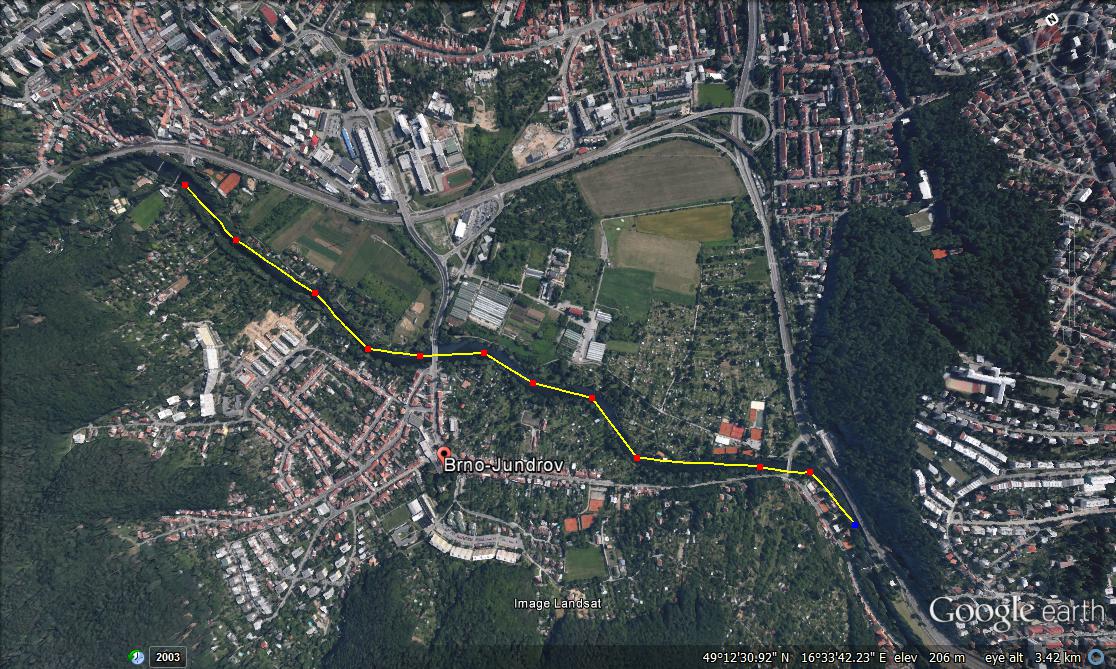
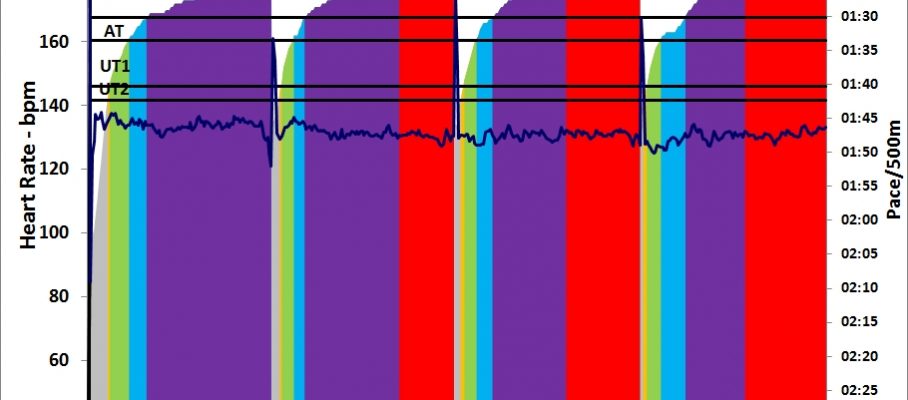

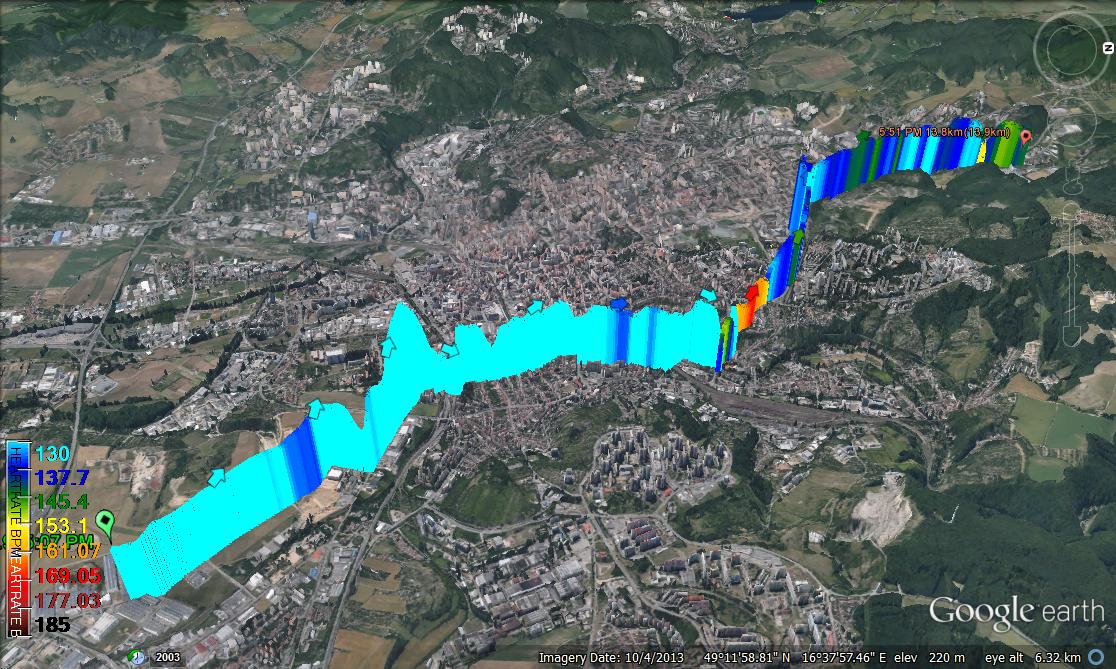
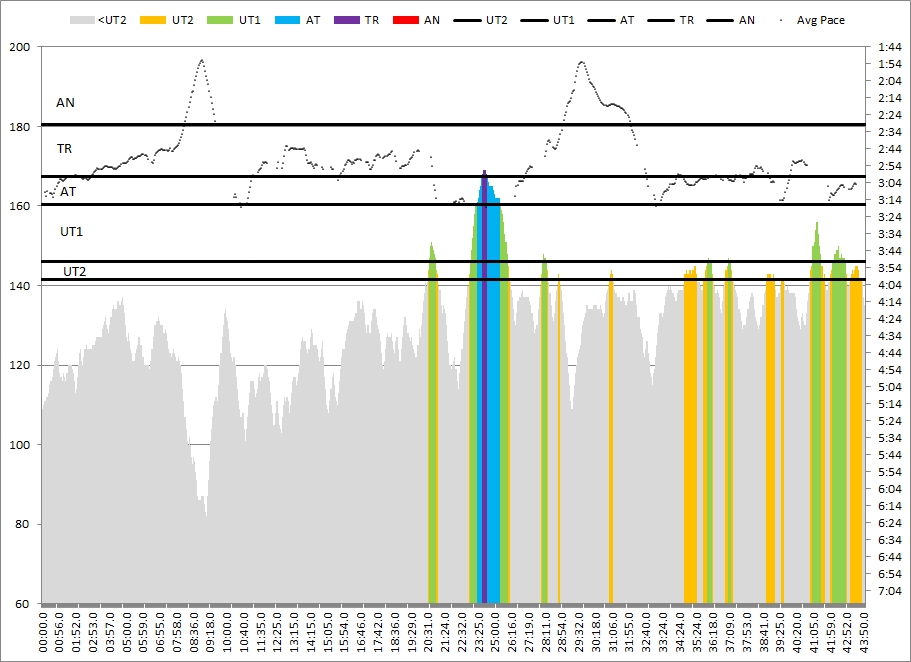
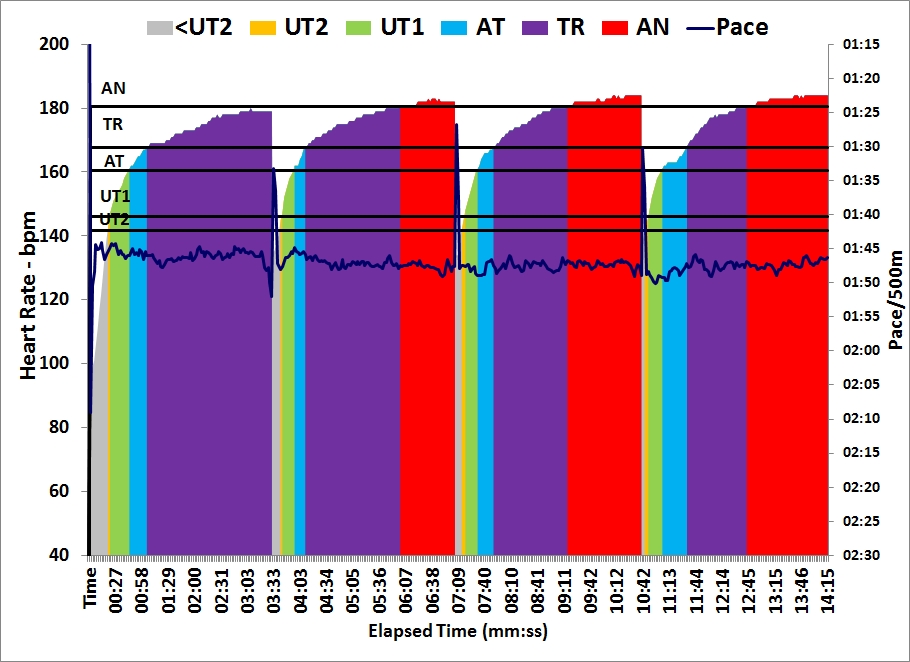
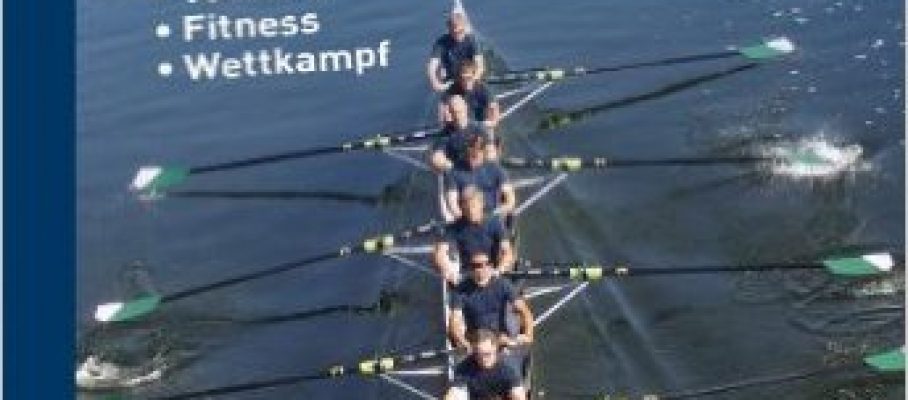
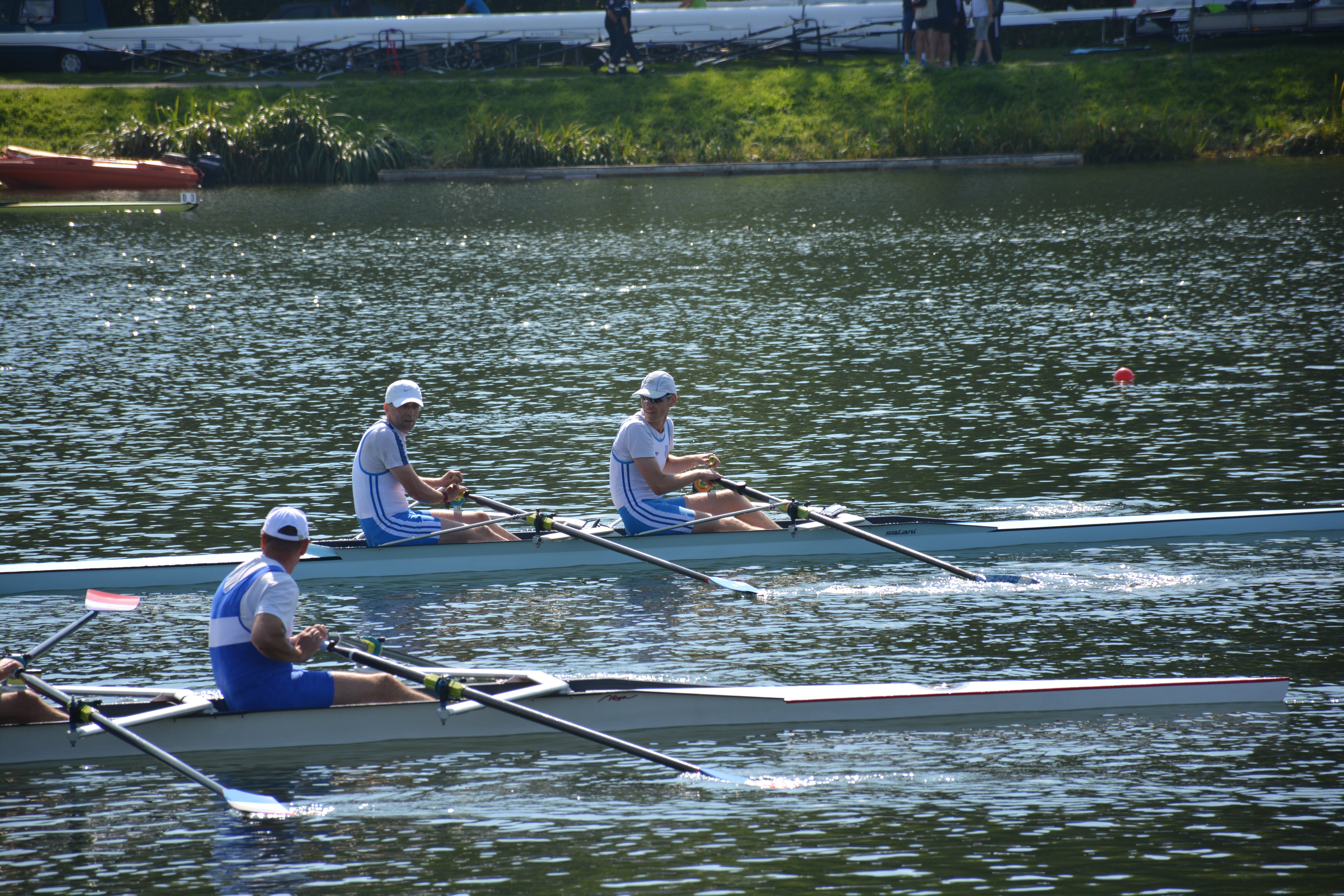
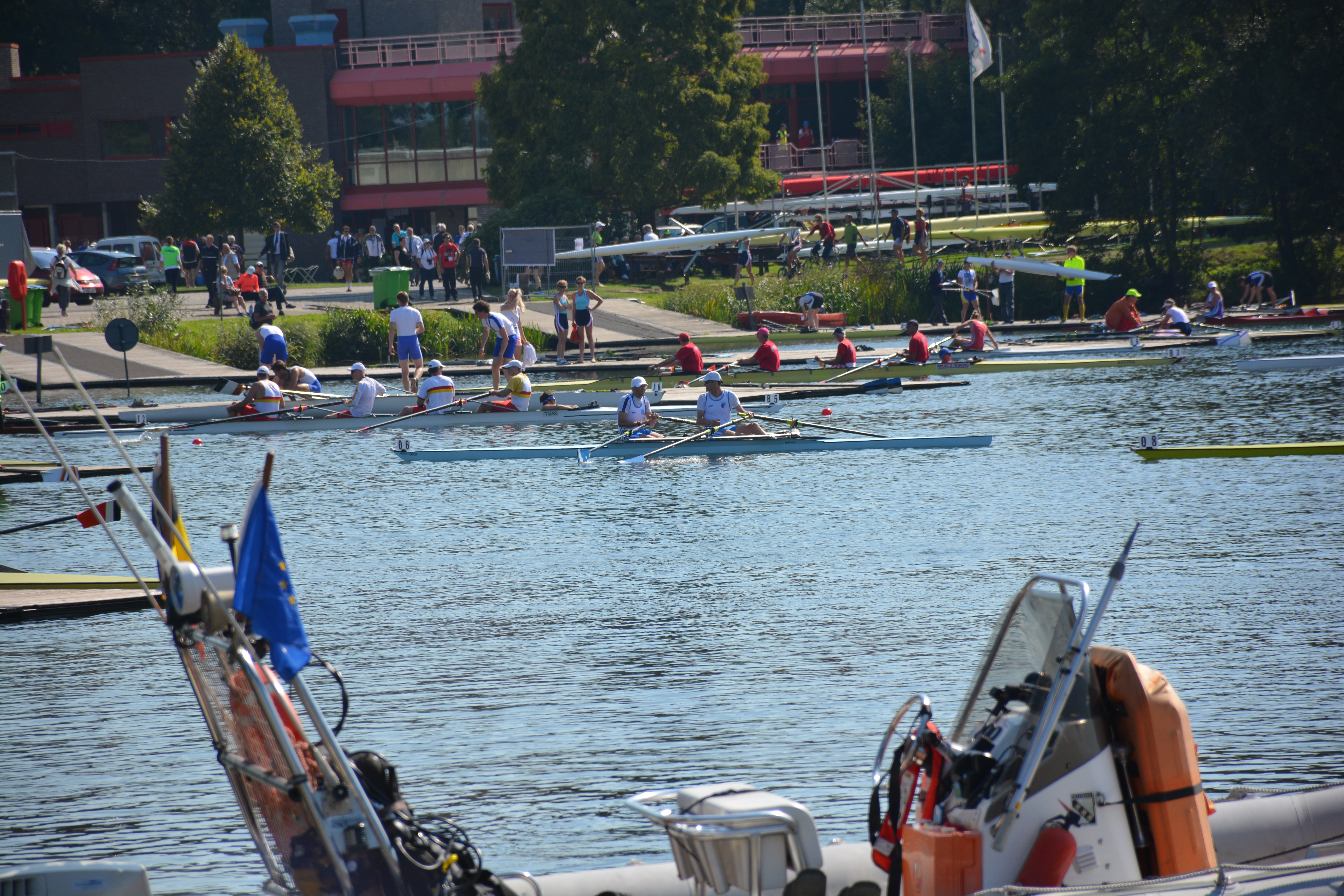

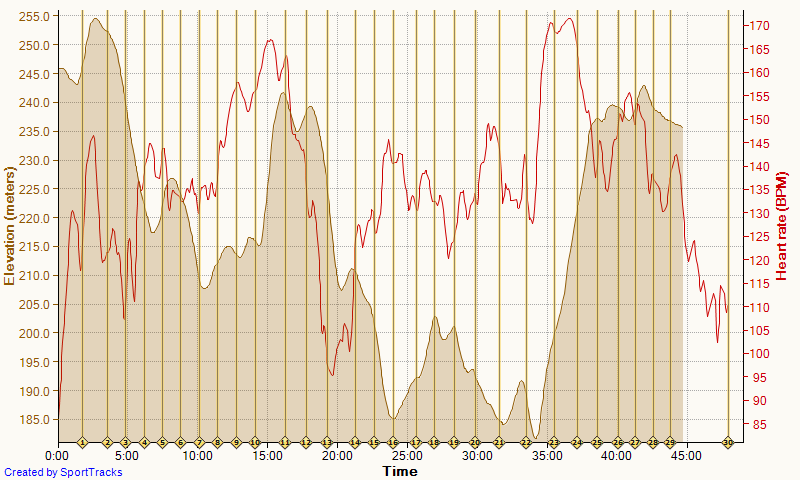
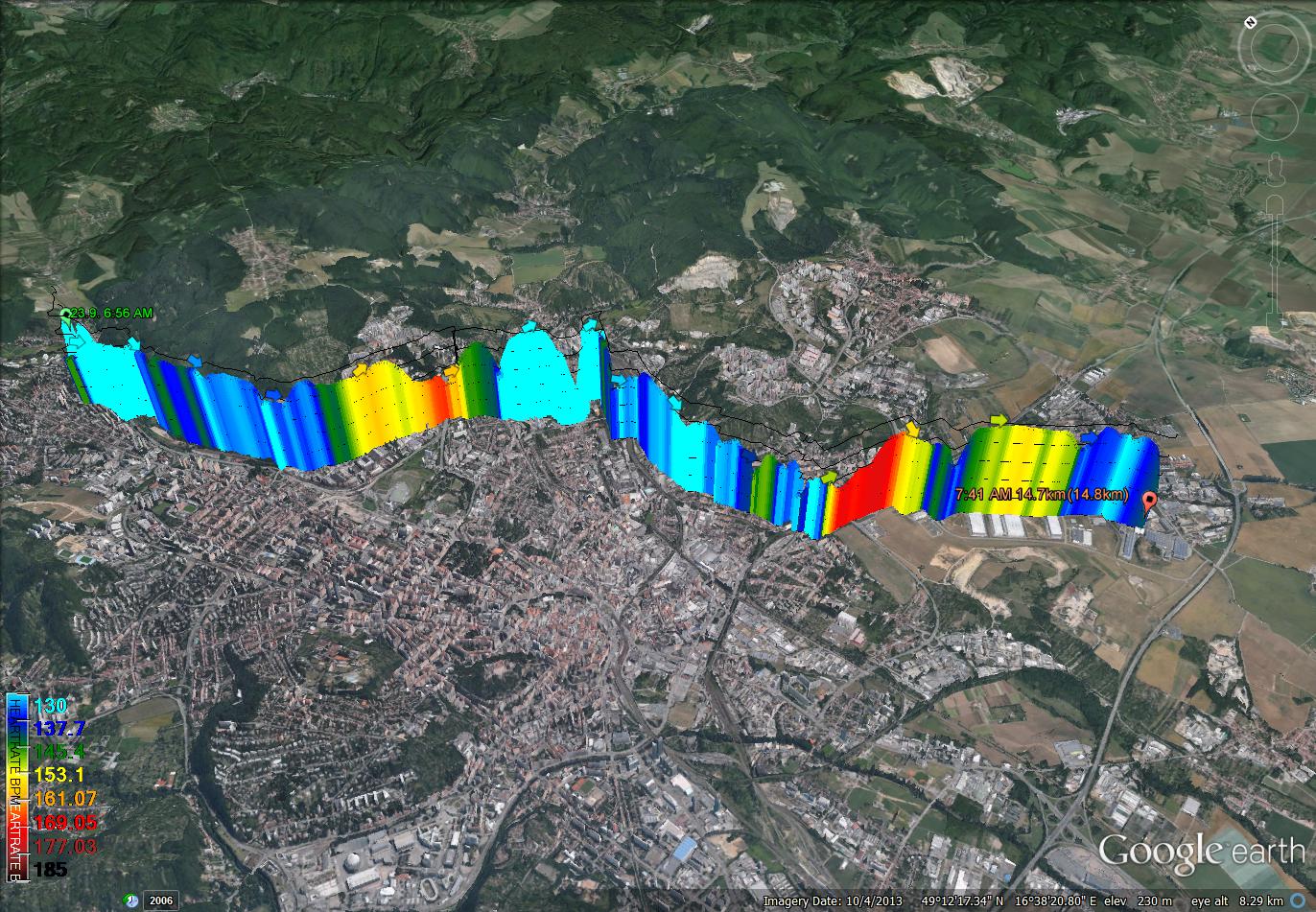
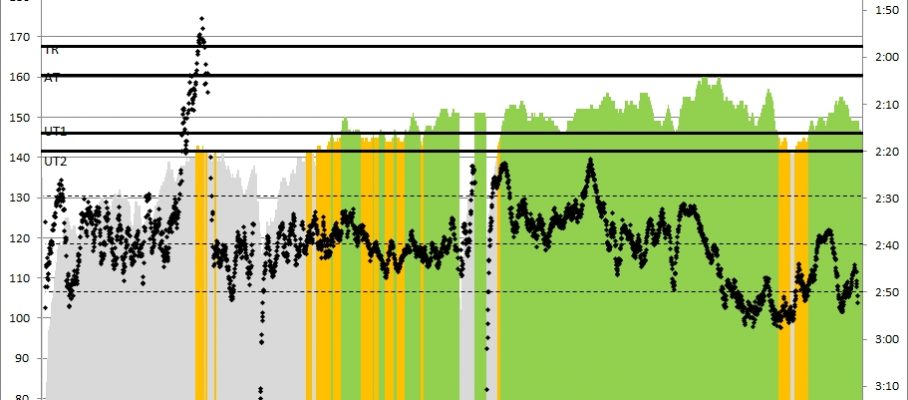
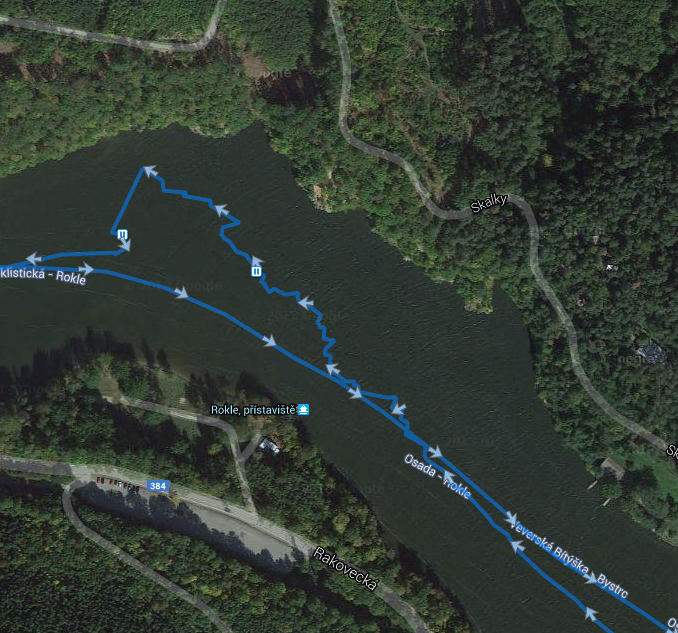
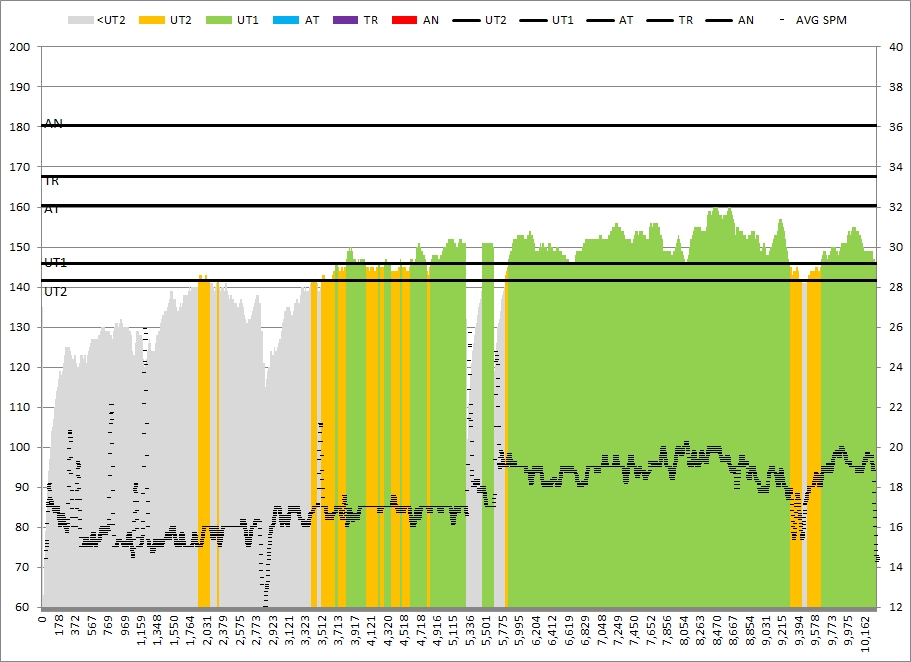
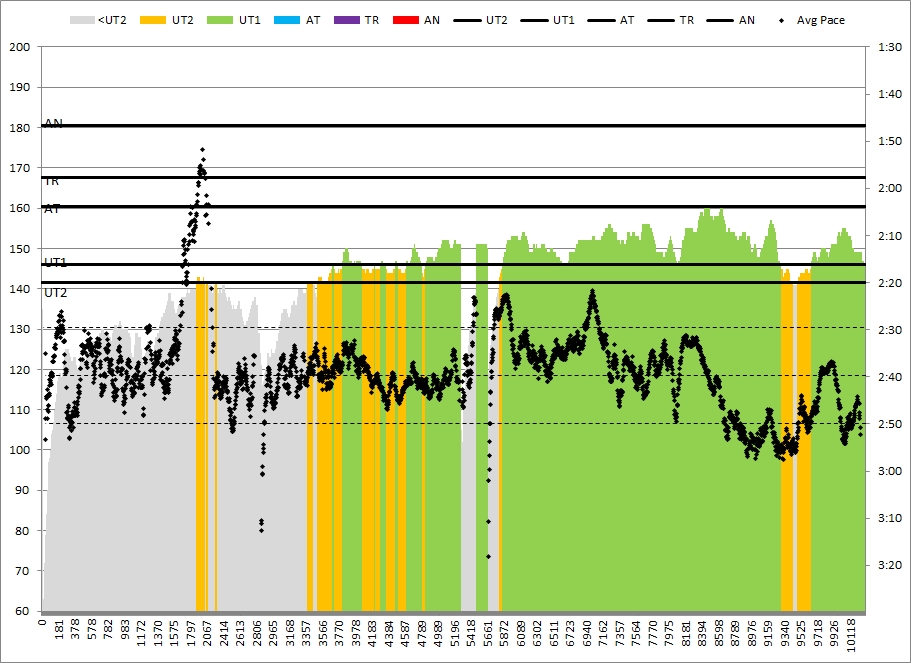
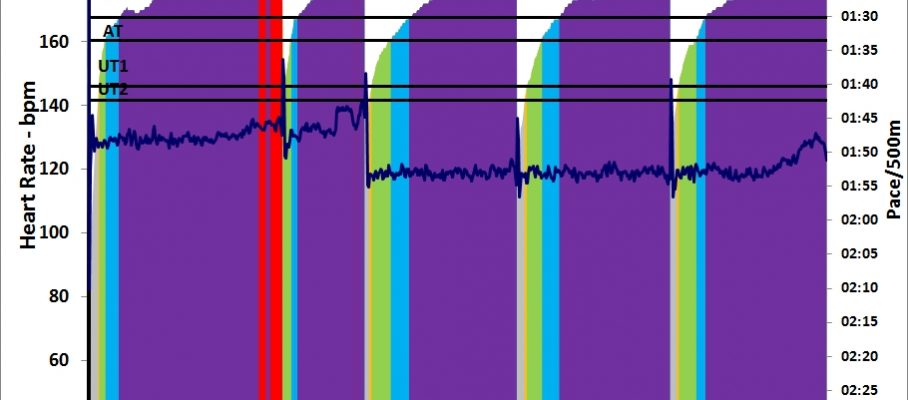
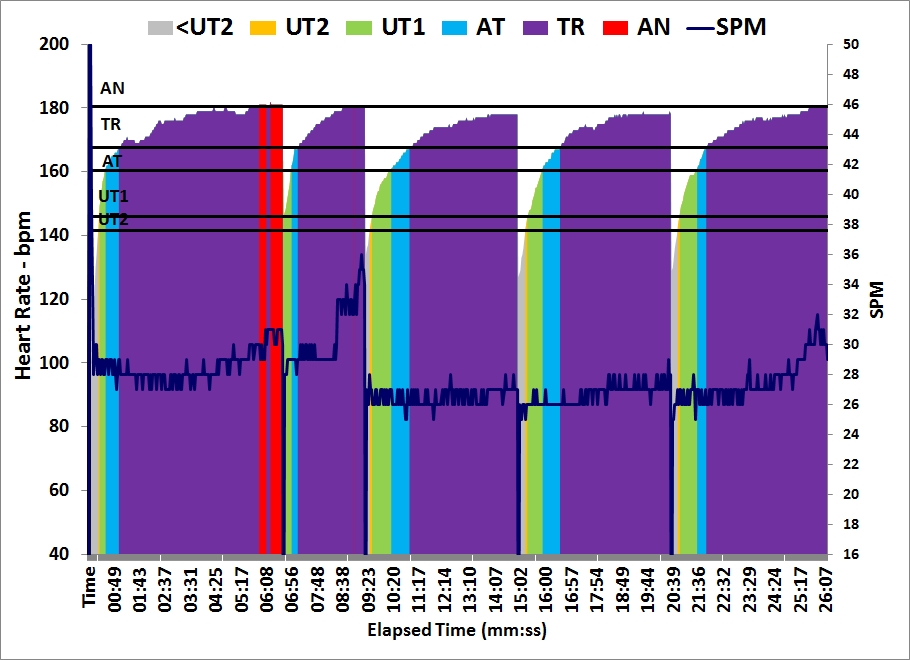
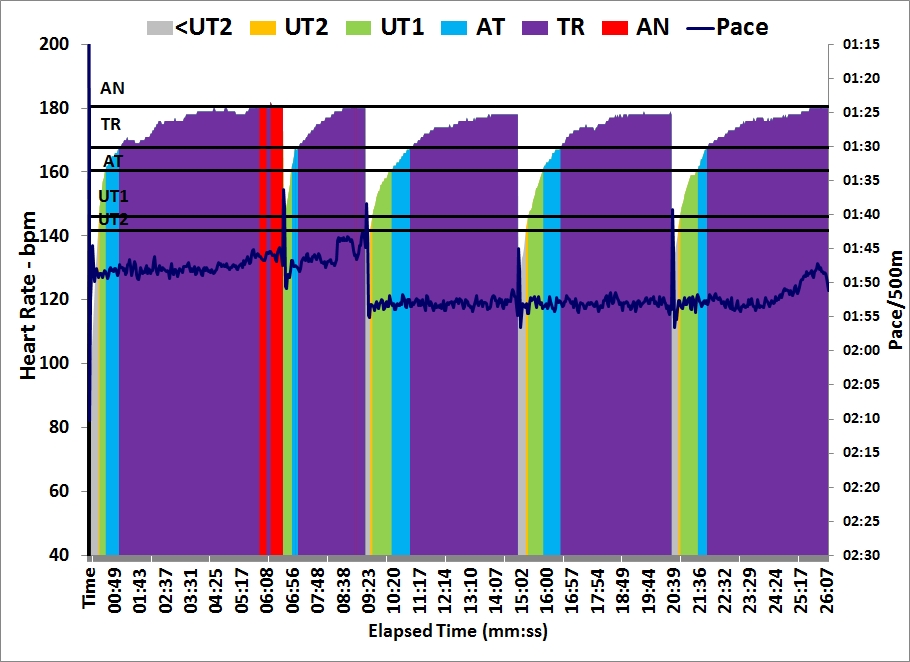
Sep 26 2015
6km hard distance OTW: The Video
I was tired and the water was a bit choppy.
By sanderroosendaal • Uncategorized • 1